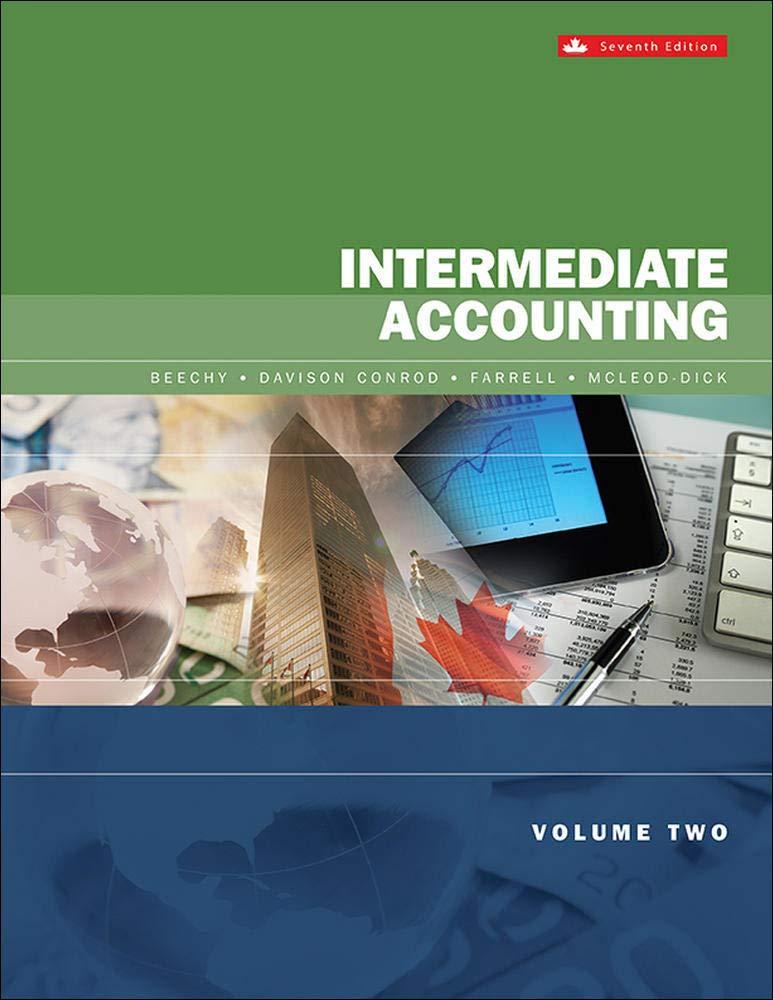Answered step by step
Verified Expert Solution
Question
1 Approved Answer
HELLO, THANK SO MUCH FOR TRYING. I ALREADY GOT THE ANSWERS ON MY OWN. I WOULD APPRECIATE IF YOU LET THE QUESTION CLOSE SO I



HELLO, THANK SO MUCH FOR TRYING. I ALREADY GOT THE ANSWERS ON MY OWN. I WOULD APPRECIATE IF YOU LET THE QUESTION CLOSE SO I CAN HAVE MY QUESTION REFUNDED. THANKS AGAIN!
Hints for Working on the Cash Flow Statement Cash Flow Statements always aggregate (sum up) all the Inflows and Outflows of Cash Flow during a period. Inflows of Cash are positive numbers and Outflows of Cash are negative numbers on the Cash Flow Statement. To help you, we show the Outflows in italics. You should remember that Increases in Assets, actually decrease Cash so you are subtracting an increase. In contrast, increases in Liabilities, Debt and Equity increase Cash so you are adding an increase. Capital Expenditures (CapEx) are investments of Cash and an Outflow of Cash on the Cash Flow Statement. As an investment, CapEx isn't less than zero, but it is shown as a negative number because it is an Outflow. Dividends are an Outflow of Cash and also shown as a negative number, but Dividends are never less than zero The company uses declining balance with a 10% depreciation rate (10\% a previous year's PP\&E)) Minus the increase in Accounts Receivable (the Accounts Receivable in the current year minus that in the previous year) Increase in Accounts Payable (the Accounts Payable in the current year minus that in the previous year) Dividends is the negative of the Net Income multiplied by Payout Ratio Enter text or formula here Hints for Working on the Cash Flow Statement Cash Flow Statements always aggregate (sum up) all the Inflows and Outflows of Cash Flow during a period. Inflows of Cash are positive numbers and Outflows of Cash are negative numbers on the Cash Flow Statement. To help you, we show the Outflows in italics. You should remember that Increases in Assets, actually decrease Cash so you are subtracting an increase. In contrast, increases in Liabilities, Debt and Equity increase Cash so you are adding an increase. Capital Expenditures (CapEx) are investments of Cash and an Outflow of Cash on the Cash Flow Statement. As an investment, CapEx isn't less than zero, but it is shown as a negative number because it is an Outflow. Dividends are an Outflow of Cash and also shown as a negative number, but Dividends are never less than zero The company uses declining balance with a 10% depreciation rate (10\% a previous year's PP\&E)) Minus the increase in Accounts Receivable (the Accounts Receivable in the current year minus that in the previous year) Increase in Accounts Payable (the Accounts Payable in the current year minus that in the previous year) Dividends is the negative of the Net Income multiplied by Payout Ratio Enter text or formula hereStep by Step Solution
There are 3 Steps involved in it
Step: 1

Get Instant Access to Expert-Tailored Solutions
See step-by-step solutions with expert insights and AI powered tools for academic success
Step: 2

Step: 3

Ace Your Homework with AI
Get the answers you need in no time with our AI-driven, step-by-step assistance
Get Started


